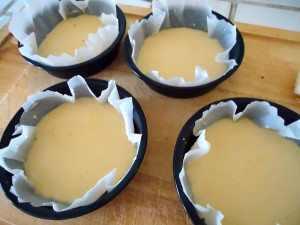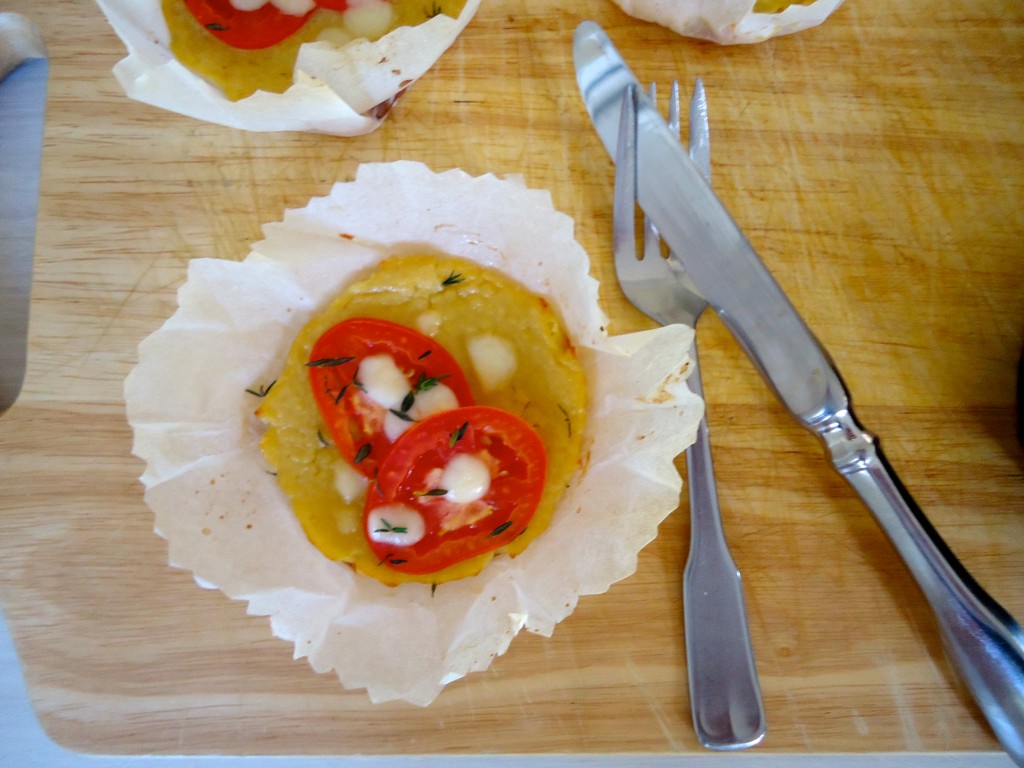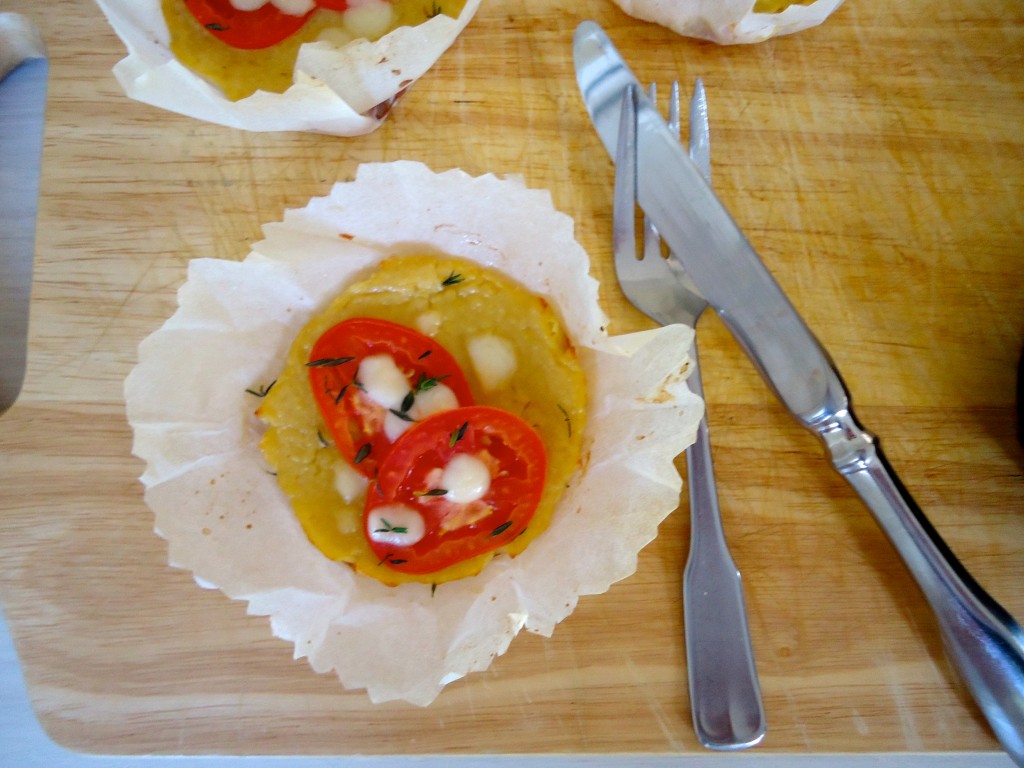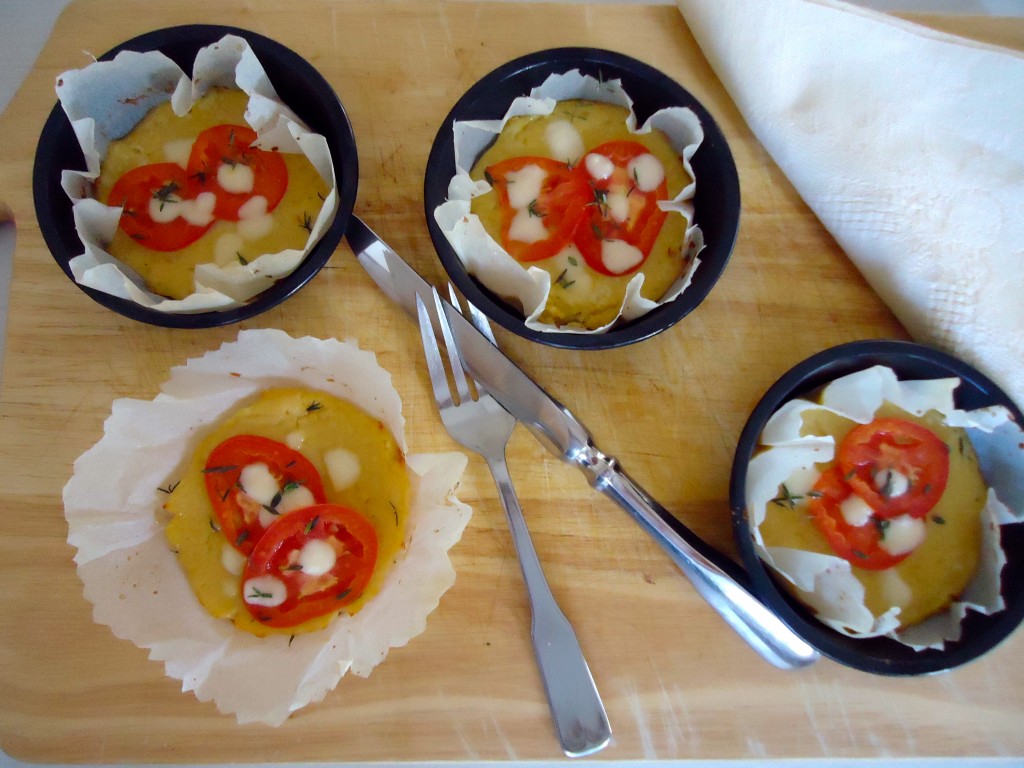It’s called Cecina in Tuscany, Farinata in Liguria , Socca in Nice and Ventimiglia; It’s a thin flatbread made with chickpea flour, water, salt and olive oil. As often happens in many recipes ….. they are simple but delicious; the chickpea flatbread was at first produce by chance in ancient times, according to the legend in the thirteenth century, at the time of the Maritime Republics in Italy. In 1284, the “Meloria” bloody battle was fought between the Genoa and Pisa Republics, during the age-old struggle for dominance of the Tyrrhenian Sea. After the final defeat of Pisa a ship carrying prisoners from Pisa to Genoa, due to a storm at sea, came to be for a few days at the mercy of the waves ; in the hold went water which bathed the chickpeas ( beans that in those ancient times were an important food reserve. It so happened that some of the oil cans lost some content … .. oil formed a mixture with crushed chickpeas… ..no inviting … and of course .. inedible. But we know that when the pangs of hunger are felt suits us a bit of everything and so the sailors did dry the pap of chickpeas, it seems, on copper shields. The result was a crisp and golden cake whose recipe was perfected over time with a more accurate measurement of the ingredients. In the summer I like to serve the chickpea flatbread “Farinata” with vegetables or, as in this recipe, prepare it in individual portions in the unusual version of pizza … ..
Ingredients: 100 gr of chickpea flour, 300 ml of water, a tablespoon of extra virgin olive oil, salt ( and pepper for the classic chickpea flatbread recipe), thin slices of tomato, oregano and a few pieces of mozzarella (for the chickpea pizza). These ingredients are enough for about 8 baking tins (8-9 inches in diameter) or 26 cm in diameter tin.
Place the chickpea flour in a container and add water gradually, stirring so that no lumps are formed (it will form a fairly liquid batter, which will placed in backing tins using a ladle or spoon) . To mix flour and water I use a whip in order to form more easily a homogeneous mixture. Cover the container and let the batter rest for a few hours (at least 2 hours).
I usually prepare this mixture in the morning and use it for dinner. After the time in which the flour is hydrated with water, stir the mixture well again (in fact you can make a deposit of flour on the bottom of the bowl) and add 2 0 3 pinches of salt and a tablespoon of olive oil. Stir again. For version “individual servings” put the molds of about 9 cm in diameter with greaseproof paper trying to form folds in the paper so that it fits the mold edges : grease with oil paper and pour into each mold a layer of dough about half a centimeter or so (about 3 heaping tablespoons)

after having placed the batter touch the edges of the mold by using a spoon so that the paper stick (the weight of the batter will facilitate the operation) and dough form a layer that covers the entire base.
If you want to prepare a classic cheackpea flatbread pour the batter into a round baking pan of 26 cm in diameter and lined with greased parchment paper. It’s not often use the parchment paper to cook the chickpea flatbread but I prefer to use it and grease it with oil so that the preparation then comes off with easier
For cheackpea pizza bake in the oven at 200 degrees for 18-20 minutes, then remove the backing tins from the oven, place on cheackpea bread the slices of tomato, oregano and a few cubes of mozzarella cheese . Bake for a further 5 minutes to melt cheese.
For classic chickpea flatbread Bake at 200 degrees for 20-30 minutes, until the surface starts to become slightly darker in some places: sprinkle with pepper and serve



